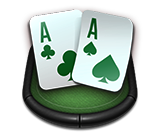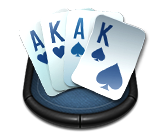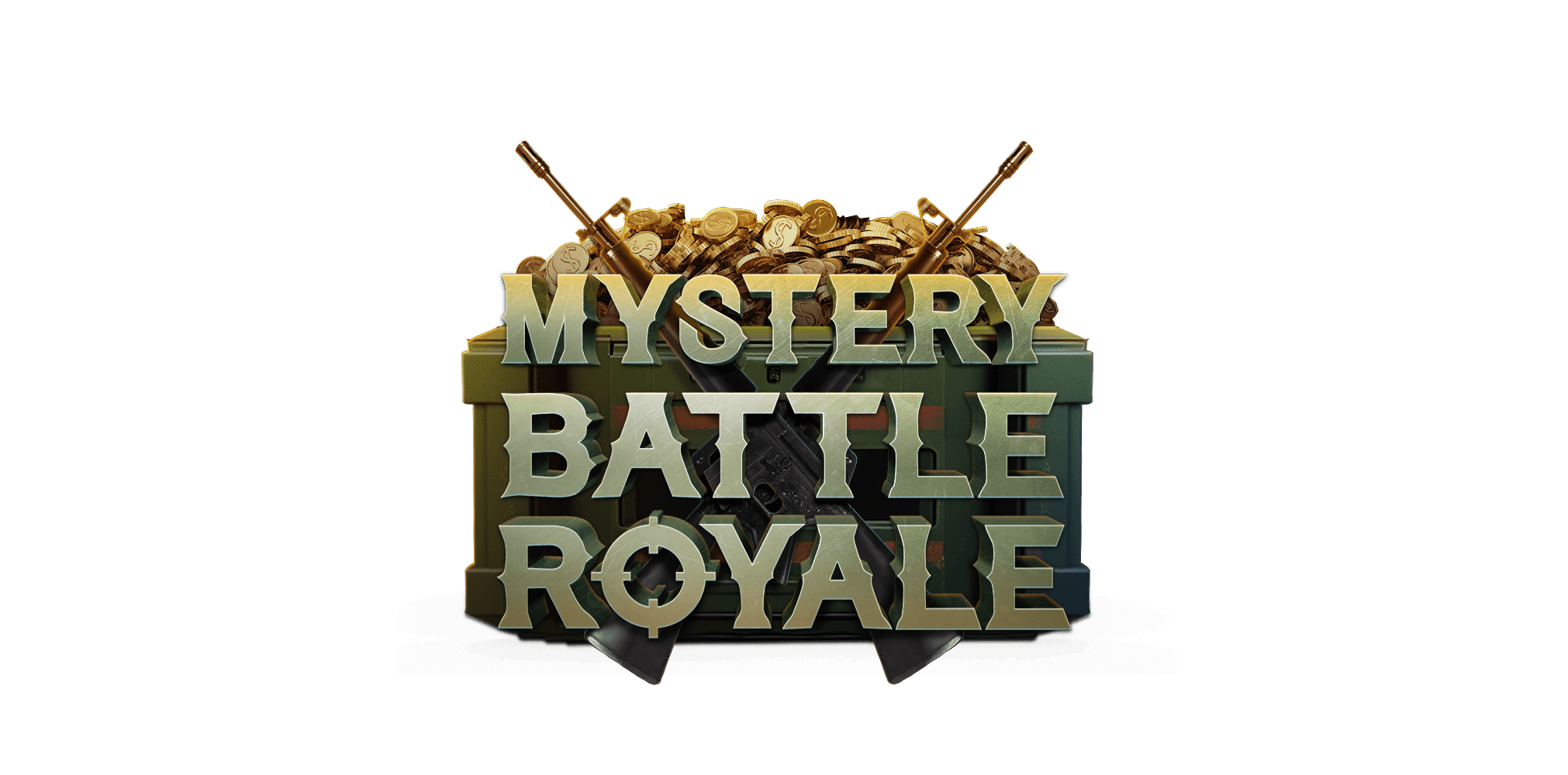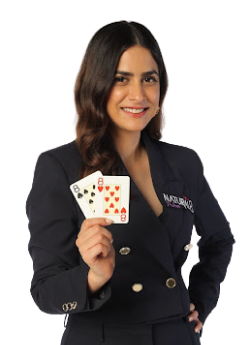
Bluffing is an essential part of poker that can turn the tides in your favor, even when you don’t have the best hand. Mastering the art of bluffing requires a combination of timing, strategy, and understanding your opponents. When done right, bluffing can make you a formidable player at any table. This article will guide you through the nuances of when and how to bluff successfully in poker.
Understanding Bluffing in Poker
Bluffing is the act of deceiving your opponents into thinking you have a stronger hand than you actually do. It’s not just about placing a big bet, it's about telling a convincing story through your actions at the table. Successful bluffing depends on reading the situation, knowing your opponents, and executing the bluff with precision.
But remember, bluffing isn’t a strategy to be used recklessly. Overdoing it or choosing the wrong moments can quickly backfire and cost you dearly.
When to Bluff: Key Scenarios
Knowing when to bluff is half the battle. Here are some situations where bluffing can be particularly effective:
1. Against Tight Players
Tight players are more likely to fold when they sense danger. If you’re playing against someone who only bets on premium hands, a well-timed bluff can make them fold even if they’ve got a decent hand.
2. In Position
Bluffing is often more effective when you’re in a late position, as you have the advantage of seeing how your opponents act before you make your move. This allows you to gauge the strength of their hands and decide whether a bluff is viable.
3. On a Scary Board
A board with high cards, possible straights, or flush draws can be intimidating. If your opponents show hesitation, a bluff representing a strong hand that fits the board can force folds.
4. Against Fewer Opponents
The fewer players in the hand, the more effective your bluff is likely to be. Bluffing against a single opponent is far easier than trying to convince multiple players to fold.
5. After Establishing a Tight Image
If you’ve been playing conservatively, your bets will carry more weight. Opponents are more likely to believe your bluff if you’ve shown discipline in your previous actions.
How to Bluff Successfully
Bluffing isn’t just about betting big, it’s a skill that requires careful execution. Here’s how to bluff effectively:
1. Observe Your Opponents
Pay close attention to your opponents tendencies. Are they aggressive or cautious? Do they call frequently or fold under pressure? Understanding their playing style will help you tailor your bluffs accordingly.
2. Tell a Consistent Story
Your bets should align with the story you’re trying to tell. For example, if you’re representing a strong hand, your actions from the start of the hand should reflect confidence and strength.
3. Use Bet Sizing Wisely
The size of your bets can make or break a bluff. A bet that’s too small might not be convincing, while an overly large bet might arouse suspicion. Aim for a size that fits the narrative of your hand.
4. Choose the Right Opponents
Bluffing against inexperienced players who call everything is a losing battle. Target players who are capable of folding when they sense they’re beaten.
5. Mix Up Your Play
Don’t be predictable. If you only bluff in certain situations, observant opponents will catch on. Mix up your gameplay to keep your tablemates guessing.
6. Control Your Emotions
Bluffing requires a poker face. Avoid giving away tells through nervousness or excitement. Stay composed and act confidently, even if you’re bluffing.
Common Bluffing Mistakes to Avoid
1. Bluffing Too Often
Over-bluffing makes you predictable and easy to exploit. Balance your bluffs with solid, value-based play to keep your opponents on edge.
2. Ignoring Table Dynamics
Each table has its own dynamics, and what works in one game might not work in another. Pay attention to the flow of the game and adjust your bluffing strategy accordingly.
3. Bluffing Against Calling Stations
Some players just don’t like to fold. Bluffing against such players is futile and will only drain your stack.
4. Forgetting to Exit
A failed bluff isn’t the end of the world, but doubling down unnecessarily can be disastrous. Know when to cut your losses and move on to the next hand.
5. Timing Your Bluff Poorly
Bluffing in the wrong situation, such as against multiple opponents or on a dry board, is unlikely to succeed. Choose your spots wisely.
Conclusion: Bluff Smart, Not Often
The art of bluffing is about quality, not quantity. Knowing when and how to bluff can give you a significant edge in poker, but it’s a skill that requires practice and finesse. By observing your opponents, telling consistent stories, and avoiding common mistakes, you can turn bluffing into a powerful weapon in your arsenal.
Remember, bluffing isn’t just about fooling your opponents, it’s about leveraging psychology, strategy, and timing to outmaneuver them. So, the next time you’re at the table, or playing on Natural8 India keep these tips in mind and bluff your way to victory but only when the moment is right.
















